HTC U 11 rumor review: design, specs, features, and everything else we know so far
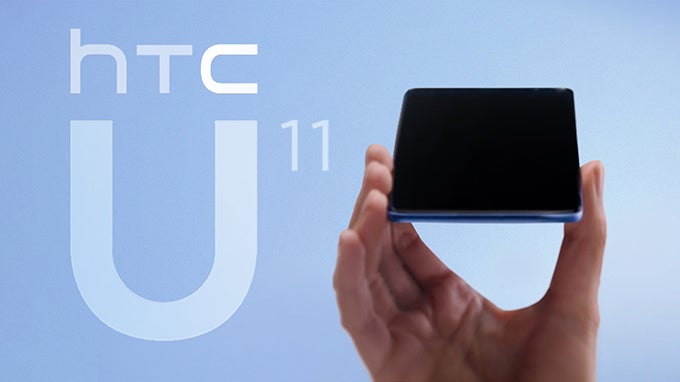
Update: According to reliable leakster Evan Blass, the device in question won't, in fact, be named HTC U, but rather HTC U 11, though it's up for debate whether this is an improvement. The article below has been edited to reflect the new information.
Most of you may have gathered as much, but the U Ultra wasn't HTC's real 2017 flagship. While we gave it a "good" 7.2 rating in our review, most people weren't exactly happy with it, due to a few questionable decisions such as omitting the headphone jack, putting an inadequate battery inside, and pricing it way too high. And this isn't just your everyday tech enthusiast complaining – these problems seem to have affected sales as well, judging from the drastic price cuts we've been seeing recently.
But nevermind that, let's take a look into the future instead: there is, in fact, a new HTC flagship coming out soon. According to leaks, it goes by HTC U 11, which unfortunately means we'll probably be seeing more of the obnoxious U Ultra / U Play-style marketing ("It Reflects U", "Puts U on Top", etc.) We've known about its existence since September, back when it was known by the code name "Ocean", but we've learned a fair bit of information about it since then, which we've compiled here for your convenience. So let's dive in:
Design
Designer 1: "Hey, most of our competitors are doing the whole bezel-less display thing now, should we try it out in our next flagship as well?"
This is probably how HTC's internal design committee chose the U 11's looks – though this isn't necessarily a bad thing. When looked at the front, the device is almost identical to last year's HTC 10, down to the off-center capacitive buttons below the screen. Both the front camera and the earpiece have been reduced in size, however, giving the phone an even more inoffensive look.
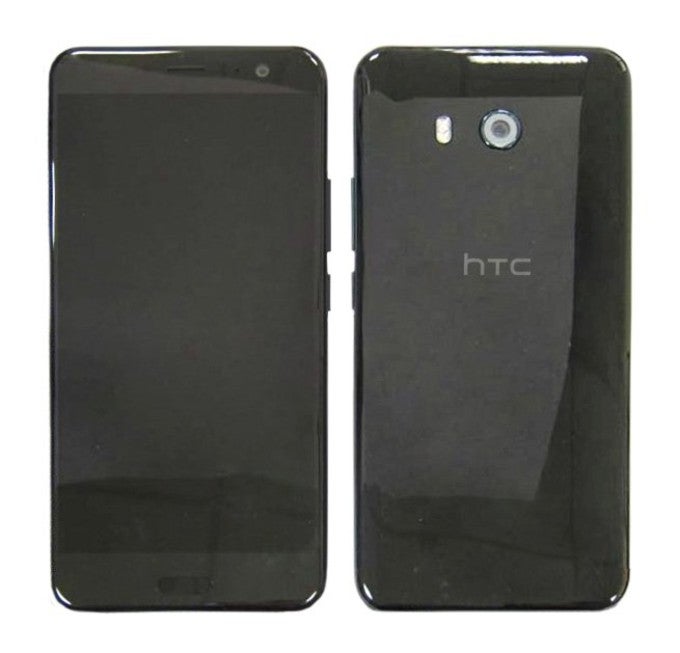
Our first real look at the device so far, courtesy of Evan Blass
In other words, we aren't getting the flashy front of, say, the LG G6 or the Galaxy S8. The reason for that is probably the inclusion of pressure sensors on the sides of the phone, but we'll get to that in a second. In any case, the HTC 10 wasn't a bad-looking device by any account, so HTC imitating it with its latest flagship is a wise move. Plus, we've seen a fair bit of backlash against minimized bezels – some are concerned that this makes a phone more prone to breakage, while others simply don't like the look – so these people should be satisfied with the company's decision.
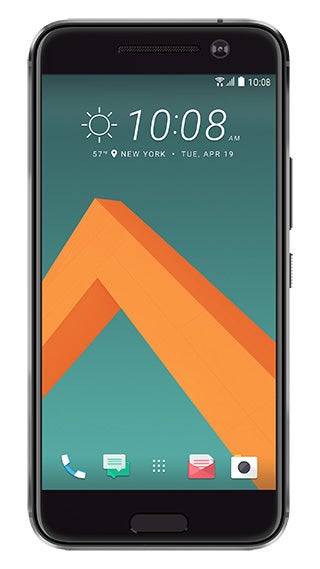
The HTC 10 (pictured) and HTC U 11 share quite a few design beats
The device's screen, which will make use of a Super LCD panel, is said to be a 5.5-incher, which is a tad bigger that the 5.2-inch HTC 10's, though the two devices' resolutions will be identical at Quad HD (1440 x 2560 pixels). That means that there's another trend that HTC is refusing to follow – putting a taller aspect ratio in its flagship.
Here's the bad news, however: the company seems to be doubling down on its decision to remove the 3.5 mm headphone jack from its smartphones, as all rumors so far point in the direction of this being the case with the HTC U 11 as well. We won't go into specifics as to why this is a user-hostile decision – you all know the drill already. But at least, unlike with the U Ultra and U Play, this time around the company will reportedly include a USB-C to 3.5 mm adapter in the box.
Finally, we also know that the phone will carry an IP57 certification, which means it has the same waterproofing as, say, the iPhone 7 (up to 3.3 feet for 30 minutes), but worse dust resistance. It will also apparently be released in a single- or dual-SIM variants, depending on region.

We've got another look at the device recently, this time in a 3D render form, courtesy of @OnLeaks. The video shows the U 11 from all sides in a flashy red color. It also gives us a peek at the phone's curious build, which is reportedly 8 mm thick at the bottom and 9.2 mm thick at the top, thanks to the squeezable frame.
Edge Sense
But let's get into the exciting part: with the HTC U 11, the company wants to disprove claims that it isn't innovating any more with a cool new trick, dubbed Edge Sense. In short, this is a set of sensors on the device's sides which can detect grip, touch, and pressure, and apply that data to various use cases. This was actually the first thing we ever heard of regarding the device, as the feature was first demonstrated in a concept video all the way back in September of last year:

Later, prolific leakster Evan Blass also shared another video demonstrating possible uses for the feature:

Do note, however, that neither of these videos shows what the U 11 really looks like, but instead simply demonstrate what Edge Sense can do. And there's a lot of ideas there: contextual in-app gestures, like changing the volume when listening to music or pressing a specific point on the device's edge to take a picture when inside the camera app. Squeezing the device may also bring up a tool similar to Samsung's Edge UX, which would let you easily open apps or perform simple tasks from anywhere in the phone's interface.
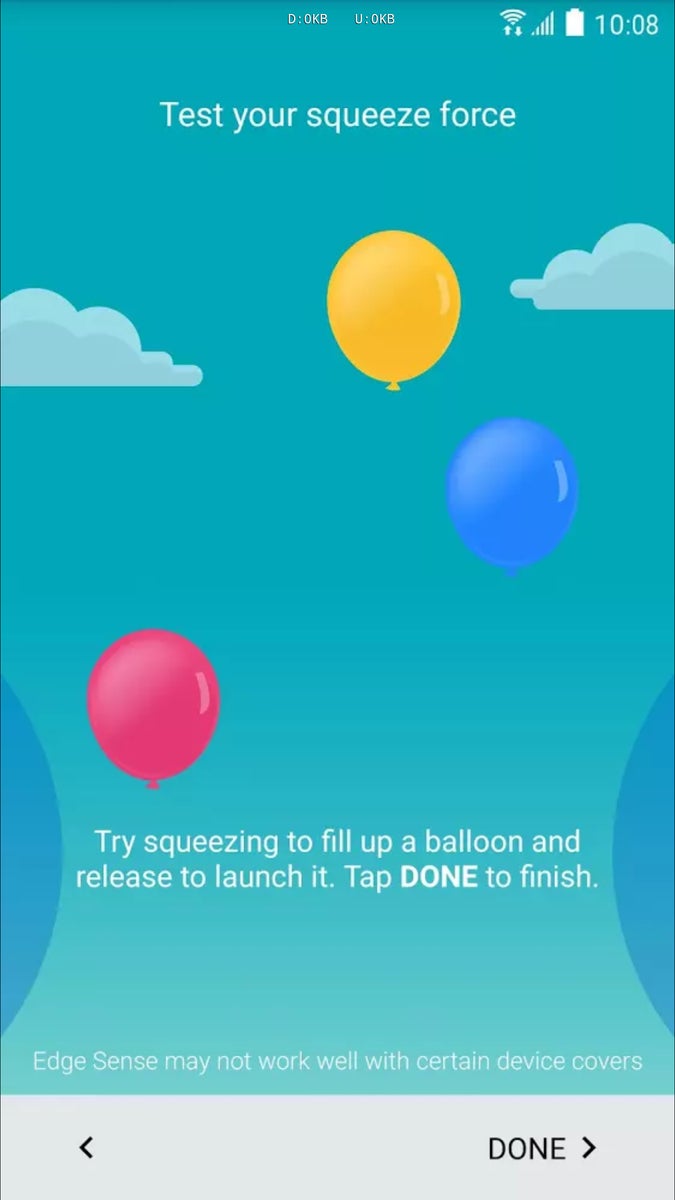
A leaked screenshot of the Edge Sense tutorial
But if this completely new type of user interaction seems a bit daunting at first, fear not, for HTC's Edge Sense app will include a cutesy, balloon-filled tutorial to explain the feature in depth. It also seems that the feature will be utilized in a number of different ways and in multiple apps – the camera, the keyboard, and even inside of Google Assistant (the Sense Companion, curiously enough, is nowhere to be seen).
Hardware
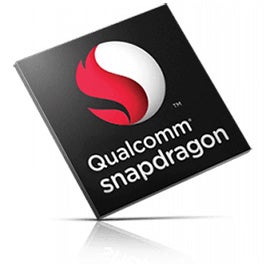
The great news here is that the phone will apparently be equipped with a 4,000 mAh battery. Compared to other flagships, such as the Galaxy S8+ and its 3,500 mAh, this is big, though it remains to be seen whether the added sensors will negate that. Still, the Snapdragon 835 features a smaller, 10 nm production process, which promises better power efficiency, so we choose to remain optimistic. What's unfortunate is that, due to the device's waterproofing, its battery will almost surely be non-replaceable, as was the case with the U Ultra and U Play as well.
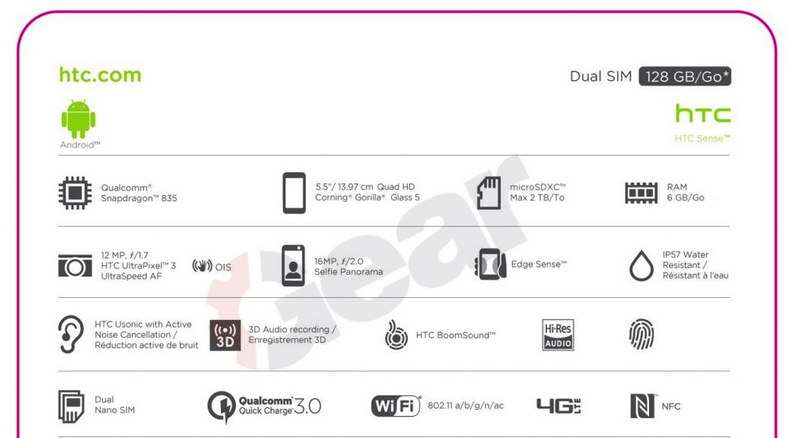
A recent leak of the HTC U11's specs seems to support most of the info we've got so far, though it does offer some new information as well. Most notably, both the device's RAM and internal storage seem to be more than previous rumors suggested, at 6 GB and 128 GB respectively. There is, of course, the possibility of two different device models being sold in different regions, Galaxy S8-style, though we haven't seen a similar move from HTC in the past. Apart from that, the phone's chipset, cameras, screen, water resistance, and dual SIM support all match.
We can also see that the device will retain HTC's iconic BoomSound branding, meaning the earpiece will be used in lieu of a second speaker, just like on the HTC 10. Also, the U 11 will support HTC's USonic earphones, which debuted with the HTC U Ultra's release and which can be uniquely tuned to each user's preference.
Camera
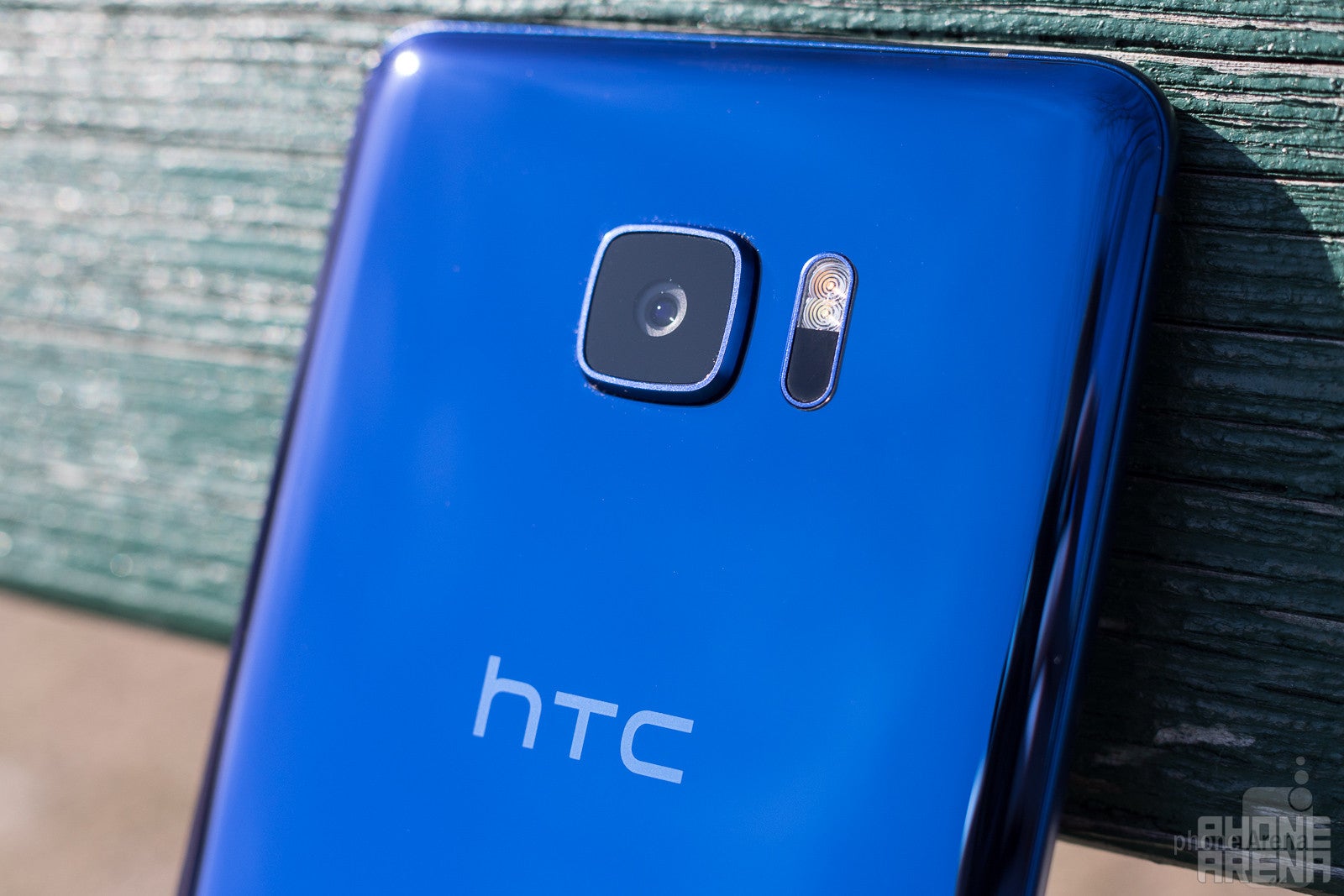
The U 11 will have almost the same camera configuration as the HTC U Ultra
The cameras on the HTC U 11 are almost the exact same configuration as on the U Ultra – there's a 12-megapixel shooter on the back, and a 16-megapixel one on the front. At least one of the U Ultra's sensors will be swapped out, however, as the U 11 is said to feature Sony's IMX362 on the back and the IMX351 on the front. This means that the back camera will get the same Dual Pixel technology as several of Samsung's flagships, which would translate to near-instantaneous autofocus when speaking in terms of real-life performance.
As is probably apparent, none of the currently popular dual-camera gimmicks are in play here, which can be either a good or a bad thing, depending on who you ask. In any case, if HTC nails the camera (as it did with the U Ultra), then everything should be fine, as image quality is much more important than the number of sensors a device is equipped with.
The latest leaks suggest that the phone's camera will use the latest iteration of HTC's UltraPixel technology, which offers larger pixels inside the camera sensor, letting in more light and thus resulting in better image quality. The rear camera will sport a f/1.7 aperture, while the front one will be f/2.0, which is slightly different from the U Ultra, whose back shooter had an f/1.8 aperture instead. Also, the phone is said to offer "UltraSpeed AF", which most likely is just a different branding for the sensor's Dual Pixel tech.
Software and functionality
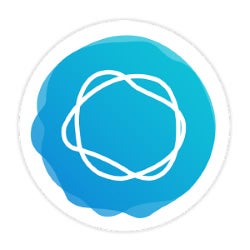
The HTC Sense Companion is all but guaranteed to make an appearance
Price & release date
Unfortunately, we haven't yet heard anything regarding the HTC U 11's launch date. However, we do know its unveiling date, which will be May 16. Judging from past flagship releases for HTC, the time difference between announcement and availability is two to four weeks. So we expect the phone to be available some time in early to mid-June. Pre-orders, however, are rumored to start on May 19 in Taiwan, and, presumably, the rest of the world as well.

The biggest potential problem for the device is definitely its price. While our previous estimates put it at about $700-$800, a recent report from HTC's home country say that may actually be cheaper than the U Ultra. To put that in perspective, the unlocked U Ultra currently costs $750, meaning the U 11 will likely retail at about $700. This price is pretty much par for the course when it comes to 2017 flagship smartphones, and will likely give the device some competitive advantage on the market.
Follow us on Google News

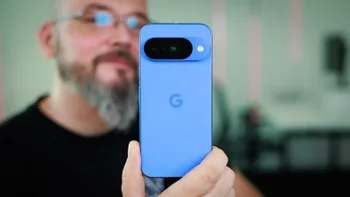
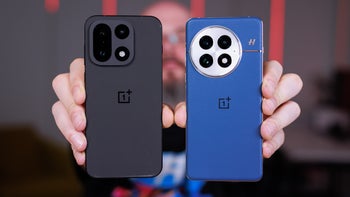
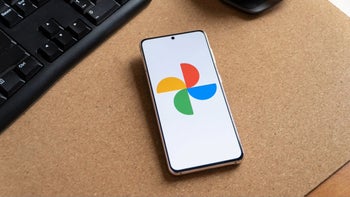

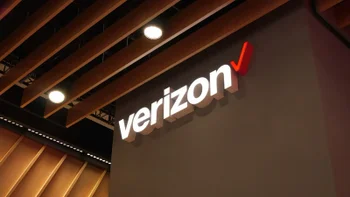
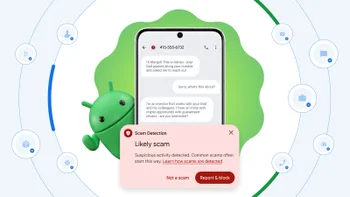
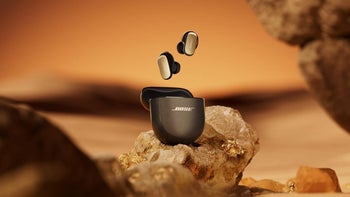
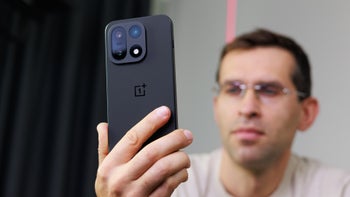
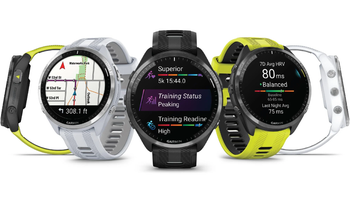
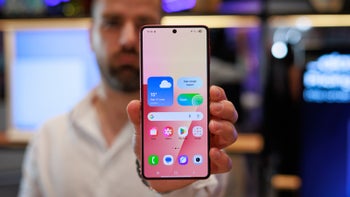

Things that are NOT allowed:
To help keep our community safe and free from spam, we apply temporary limits to newly created accounts: